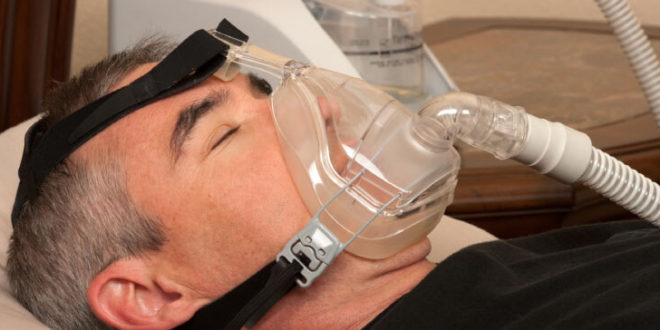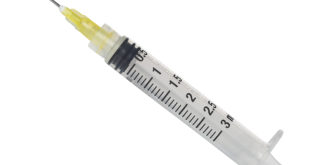Will I be intubated with an endotracheal tube during surgery? This is the place to quickly learn all about the mysterious breathing tube.
If you are undergoing general anesthesiafor a procedure, your anesthesiologistmay decide to place a breathing tube once you are asleep. This is called an endotracheal tube and is a plastic tube that is placed into your mouth and down into the entrance to your lungs. One of the reasons this is placed is to help protect your lungs from gastric aspiration.
Also, general anesthesia medicines can make you so sleepy that the anesthesiologist needs to do something to help breathe for you while you are sleeping. This is another reason why the breathing tube is placed into your windpipe; it helps oxygen get into your lungs during general anesthesia. Once the breathing tube is placed, a ventilator machine will help you breathe and anesthesia gas may go through this tube into your lungs to provide anesthesia.
You will be asleep or sedated the entire time this tube is in place. When your lungs are strong enough and the anesthesia is wearing off, the breathing tube will be removed. Rarely, your throat may be a little sore after general anesthesia if a breathing tube was placed during the surgery. If the sore throat does occur, it will usually resolve in a day or two. Even more rare than a sore throat is damage to lips or teeth during placement of the tube because the tube is placed through your mouth.
Your anesthesiologist will discuss with you whether or not the plan is for general anesthesia with a breathing tube in place for your procedure. Do not fear this as this is a procedure that is performed almost on a daily basis by anesthesiologists. Unless explicitly discussed with your anesthesiologist prior to surgery, the breathing tube will be placed while you are completely asleep and unaware of anything.
Did you have a breathing tube during your surgery? Let us know what your experience was all about by leaving a comment below or visiting the forum. Don’t forget to learn about other anesthesia myths during your visit as well.
***
Update:
We have had some readers share experiences about “clamping down” on the breathing during the process of emerging from anesthesia (“waking up”).
This tendency to bite on the breathing tube can occur in some patients during this period as they are confused and disoriented. And they typically will not remember these first events as they are coming out of anesthesia.
Many anesthesiologists do place an oral airway during this time to protect the breathing tube and provide a better conduit for air/oxygen flow as the breathing tube is removed. You can see what an oral airway looks like below:
Occasionally, it may not be best to place one of these airways. In those cases, a “soft” oral airway may be created and placed by the anesthesiologist or other techniques may be used.
This airway usually stays in until the patient is aware of it and no longer needs it to assist in keeping the airway open post operatively.
 Anesthesia Myths: Get the Facts, Lose the Fear | Your #1 Anesthesia Resource in Simple language
Anesthesia Myths: Get the Facts, Lose the Fear | Your #1 Anesthesia Resource in Simple language





